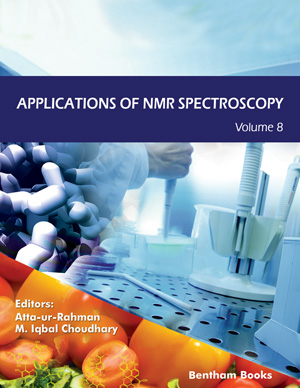Abstract
Nucleic acid aptamers are single-stranded DNA or RNA molecules that can fold into unique conformations and specifically recognize various targets, such as small molecules, proteins, cells, and tissues. Aptamers are selected in vitro through an iterative process called Systematic Evolution of Ligands by Exponential Enrichment (SELEX). As aptamers possess several advantages over antibodies, several diagnostic and therapeutic applications have emerged in recent years. Aptamers also attract interest as they form the receptor domain of RNA-based riboswitches that function as natural modulators of gene expression. Aptamer domain of riboswitch can sense the metabolite and this binding event is transduced into a conformational change, thereby transcriptional or translational control is achieved. Riboswitch engineering has gained importance due to the potential use of artificial riboswitches in biosensors and nextgeneration therapeutics. Therefore, understanding the structural basis of ligand binding and conformational change is critical for the success of optimization or re-engineering of aptamers. Since crystallization of aptamer-small molecule target complexes is particularly difficult, NMR provides an indispensable tool for structural analysis. In this chapter, we first give a brief information about aptamers and riboswitches. Then, we review the NMR structures of aptamers and riboswitches reported to date. We highlight the importance of NMR for identification of ligand binding mechanism, post- SELEX optimization of aptamers, as well as for the design of artificial riboswitches. In this context, we also give some examples of aptamer studies involving a combination of NMR and other techniques.
Keywords: Aptamer, Aptamer-ligand interaction, NMR-guided design, Riboswitch.






















